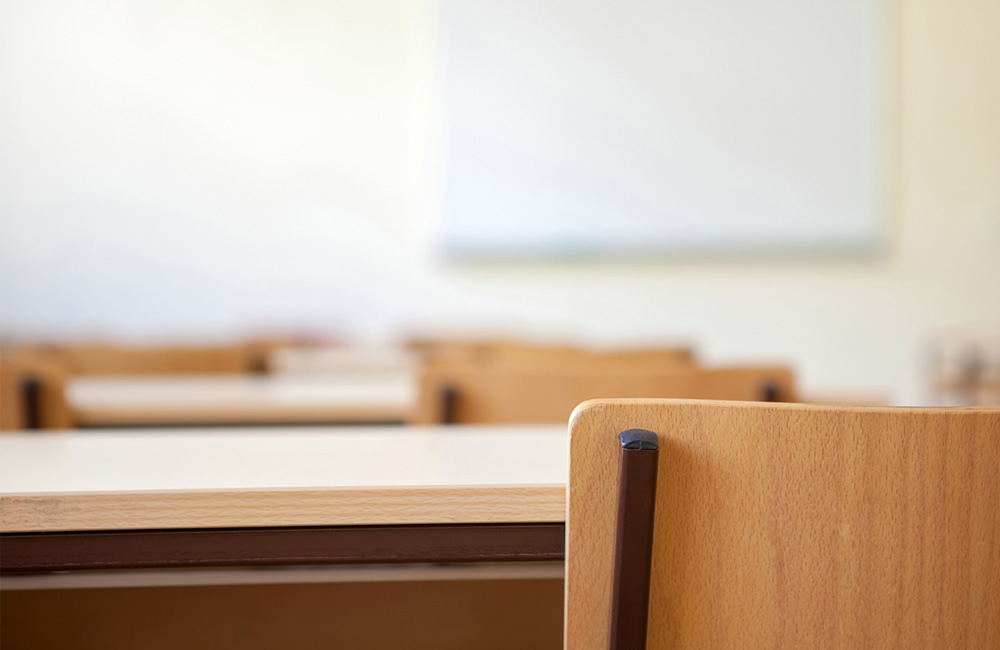ACER1005 - Evaporation of Water or Maple Water Concentrate
ACER1005 - Evaporation of Water or Maple Water Concentrate
Secteur halieutique et ressources naturelles
Description
This course allows students to become familiar with proper techniques for evaporating maple water and maple water concentrate.
Objectifs
-
Demonstrate the basic principle of evaporating maple water or maple water concentrate
- Describe the composition of maple sap
- Explain the Maillard reaction
- Describe the target temperature for producing maple syrup
- Calculate the required amount of sap versus the resulting amount of syrup based on its sugar content
-
Identify different types of evaporators and their components, as well as fuels used in maple syrup production
- Describe the types of evaporators used in maple syrup production
- Describe the components of a modern evaporator
- List the pros and cons of different types of evaporators
-
Demonstrate the operation of an evaporator
- ummarize the general interface of an evaporator control panel
- Describe the startup and shutdown process of an evaporator based on the type of fuel used
- Describe the effect of the incoming solution concentration level on the solution level in the pans
- Describe recommended evaporation rates for each type of evaporator
- Calculate the exposed surface area of different types of pans
- Calculate the volume of water evaporated on corrugated pans and flat pans
- Calculate the evaporation rate for corrugated and flat surfaces
-
Understand various boiling practices based on changes over time
- Describe changes in sap quality throughout the season
- Describe how to manage the concentration and temperature of the incoming solution
- Describe how to manage the height or level of the solution
- Describe how to manage foaming
- Describe the causes of sugar sand formation (“calcium bimalate”) and its effect on heat transfer and syrup cooking
- Explain the operation and utility of a draw-off system
- Describe factors contributing to the development of maple syrup color and flavor
- List types of anti-foaming agents available on the market
-
Understand the operation of technological devices used during boiling
- Describe the utility of a thermostatic controller or thermometer
- Describe the utility of a hydrometer or hydrotherm
- Describe the utility of a refractometer
- Describe the utility of a colorimeter
-
Understand maintenance tasks for different types of evaporators
- Describe daily maintenance
- Describe periodic maintenance
- Describe annual maintenance
Aperçu du contenu
- Composition of Maple Sap: Water, sucrose, polysaccharides, minerals, etc
- Maillard Reaction
- Target Temperature for Maple Syrup Production: Boiling point, elevation, density, etc.
- Maple Water vs. Maple Syrup Ratio: Water quantity, sugar content (“Brix”)
- Types of Evaporators (“Fuel and Models”): Wood, pellets, oil, natural gas, propane, electric, steam, etc.
- Evaporator Components: Firebox, chimney, blower, preheater, float, corrugated pan, flat pan, etc.
- Advantages and Disadvantages of Different Evaporators
- Evaporator Operation: Control panel, startup, shutdown, concentration level, solution level, etc.
- Boiling Practice: Changes in sap quality, foaming management, boiling patterns, sugar sand, draw-off system, color and flavor, anti-foam agents, etc.
- Technological Devices Used: Thermometer, hydrometer, hydrotherm, refractometer, colorimeter, etc.
- Daily Maintenance Tasks: Storing the concentrated solution and syrup, cleaning, pan washer, etc.
- Periodic and Annual Maintenance Tasks: Cleaning pans inside and out
INFORMATION:
Formations reliées

Management of the Maple Sap Vacuum Collection System
This course will enable students to maintain the vacuum collection system in the forest and make the necessary repairs. They will learn to detect and repair breaks and leaks during sap flow and become familiar with new technologies for maple syrup automation. The course will also cover cleaning, sanitizing, and rinsing procedures for the collection system at the end of the season.En savoir plus...
Secourisme élémentaire en mer
Ce cours permettra à l’étudiant de se s’initier à la prévention des accidents, au secourisme général et à la réanimation cardiorespiratoire dans un contexte et un environnement maritime.En savoir plus...

Sécurité des bâtiments de navigation intérieure (FUM DVS)
Ce cours permettra à l'étudiant d'acquérir les notions nécessaires sur les techniques individuelles de survie et de la lutte contre les incendies aux gens de mer canadiens employés sur les bâtiments transportant des passagers, les bâtiments de travail et les bâtiments de pêche qui effectuent des voyages en eaux canadiennes.En savoir plus...
Conduite de petits bâtiments
Ce cours permettra à l’étudiant de répondre aux exigences d'opération des petits bâtiments commerciaux, autres que les remorqueurs et les bâtiments de pêche, d’une jauge brute d’au plus 5 qui effectue un voyage à proximité du littoral, classe 2 ou en eaux abritées et de bâtiments de pêche d'une jauge brute d’au plus 15 ou d’une longueur hors tout d’au plus 12 mètres qui effectue un voyage à proximité du littoral, classe 2 « qui comprend un voyage en eaux internes qui est effectué sur Lac Supérieur ou le Lac Huron » ou en eaux abritées.En savoir plus...


